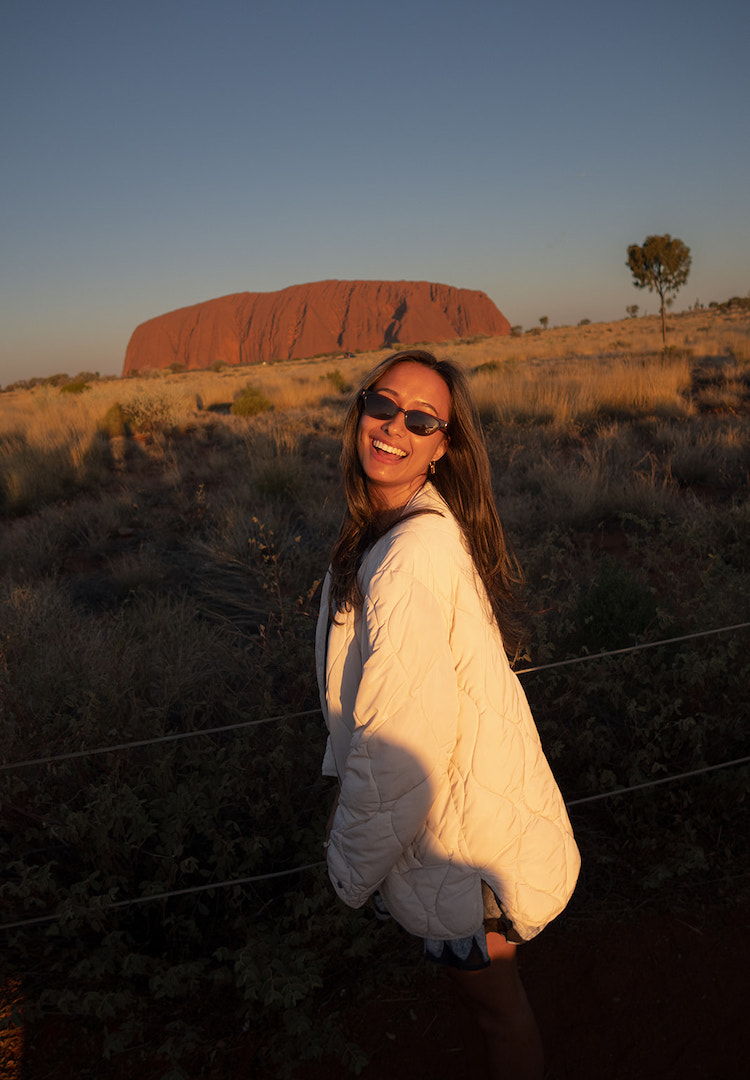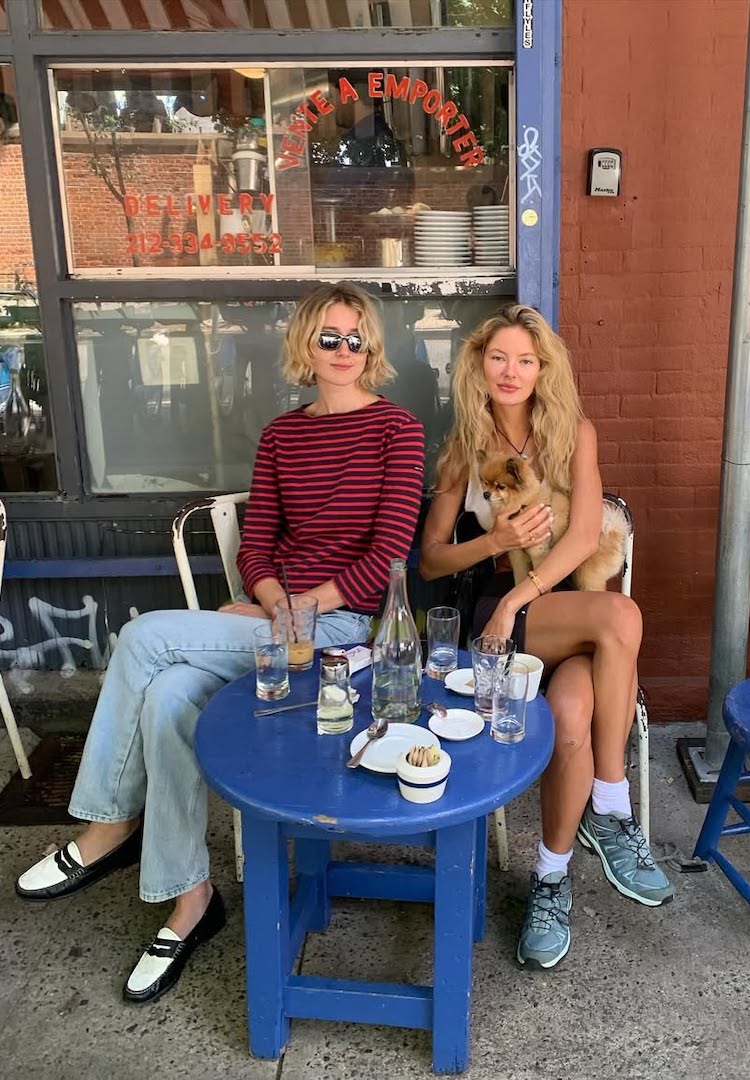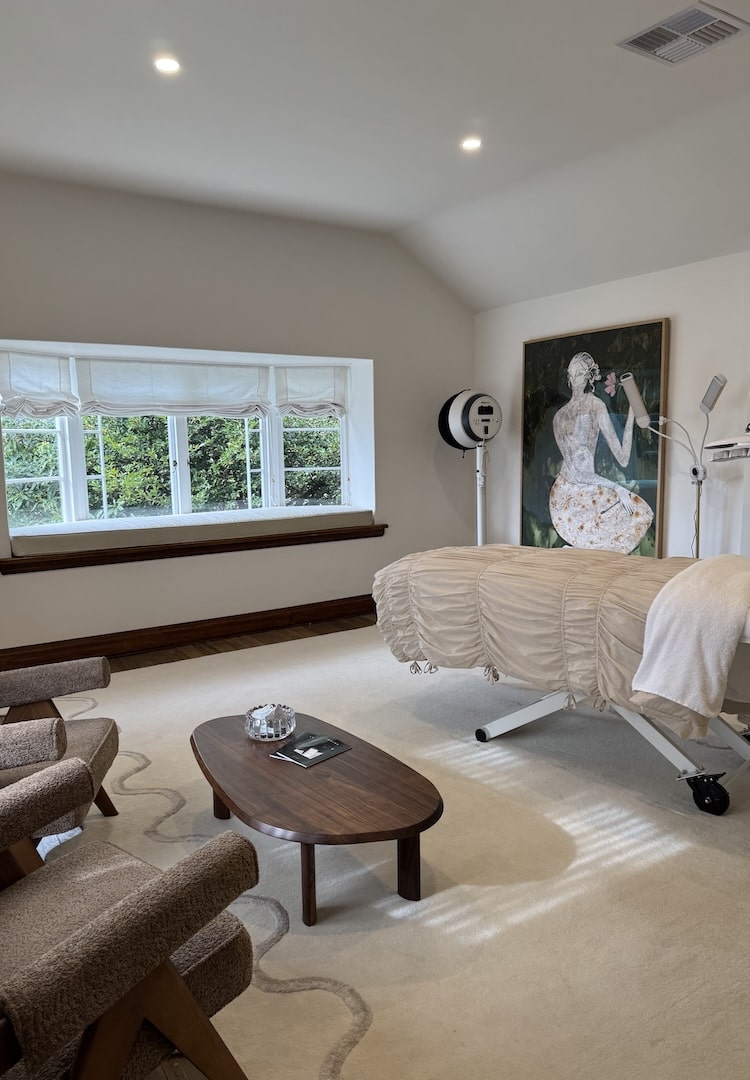A first-timer’s guide to exploring the Northern Territory
Photography by Sarah Wysel
Words by Alisa Bittner
“The sheer, almost surreal vastness and spirituality woven into the place makes it one of the most unforgettable parts of the country I’ve ever visited.”
Here at Fashion Journal, we want to unearth the hidden spots in Australian cities that only the locals know about. There’s no gatekeeping here – this is a breakdown of the best bits of our country. We want underrated date spots, treasure trove op shops and the most awe-inspiring places people will always want to go back to.
This week, we’re exploring the Northern Territory with Australian writer, Alisa Bittner. “The Northern Territory has always been a place I’ve wanted to visit,” she says. “It’s a trip that hovered for years on the edges of my travel consciousness and one I always knew I’d fall head over heels in love with.”
For more content like this, tap through to our Life section.
“The beauty, the history, not to mention the sheer, almost surreal vastness and spirituality woven into the place makes it one of the most unforgettable parts of the country I’ve ever visited.”
The Northern Territory is one of many areas of Australia with deep cultural significance and connections to Country that date back over 60,000 years. Though it’s a place that deserves a top spot on your bucket list, it’s equally important to take some time to understand the culture and heritage of the places you visit.
After spending a week in the outback with a jam-packed itinerary, here’s Alisa’s guide to the Northern Territory for first-timers.

Where to stay
I split my time between a few pockets of the Red Centre, starting in Yulara, a quaint little tourist hub just a short bus ride from Uluṟu airport and about 20 kilometres from Uluṟu itself. Accommodation is limited, so I highly recommend booking well in advance. The town itself is small but charming, and has all the basics covered that you would need: an IGA, a post office, a handful of cafés, tourist shops and an art gallery.
Depending on your budget, there’s a range of accommodation options, including camping. But with outback temperatures swinging from freezing at night to sweltering during the day, a hotel is definitely the more comfortable option.
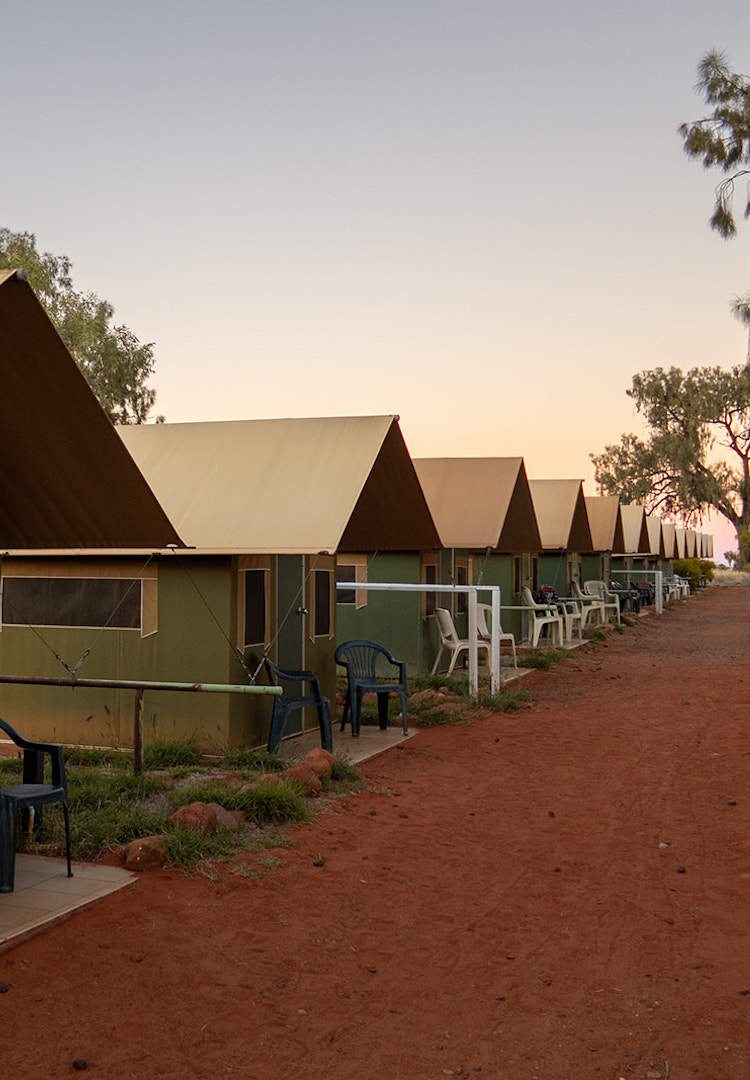
Ayers Rock Resort
I stayed at Ayers Rock Resort, which I highly recommend. The rooms were lovely and were only a short stroll from the restaurants, bars and pool, all tucked among gum trees and that unmistakable Northern Territory flora.
Kings Creek Station
Our accommodation at Kings Creek Station was a change of pace – think air-conditioned bush tents, so not exactly roughing it. These charming little tents, set on a working cattle station, felt exactly how I’d imagined the outback should, which was all part of the charm.
There’s also a small restaurant on site, dishing up a ridiculously good chicken parma and some vino. Plus, they have a gorgeous lookout to watch the sunset over rolling hills and wild camels walking lazily around.
Glamping in the Finke River region
My final stop was a glamping site in the Finke River region — a special stay with Intrepid. The luxury tents are tucked away in a remote spot where phone reception is blissfully non-existent, which, for a phone addict like me, turned out to be a welcome reprieve.
The tents themselves were lovely, complete with private bathrooms, but the real magic happened after dark. With zero light pollution, the night sky was nothing short of spectacular. It was easily the most beautiful stargazing I’ve ever experienced.
What to do
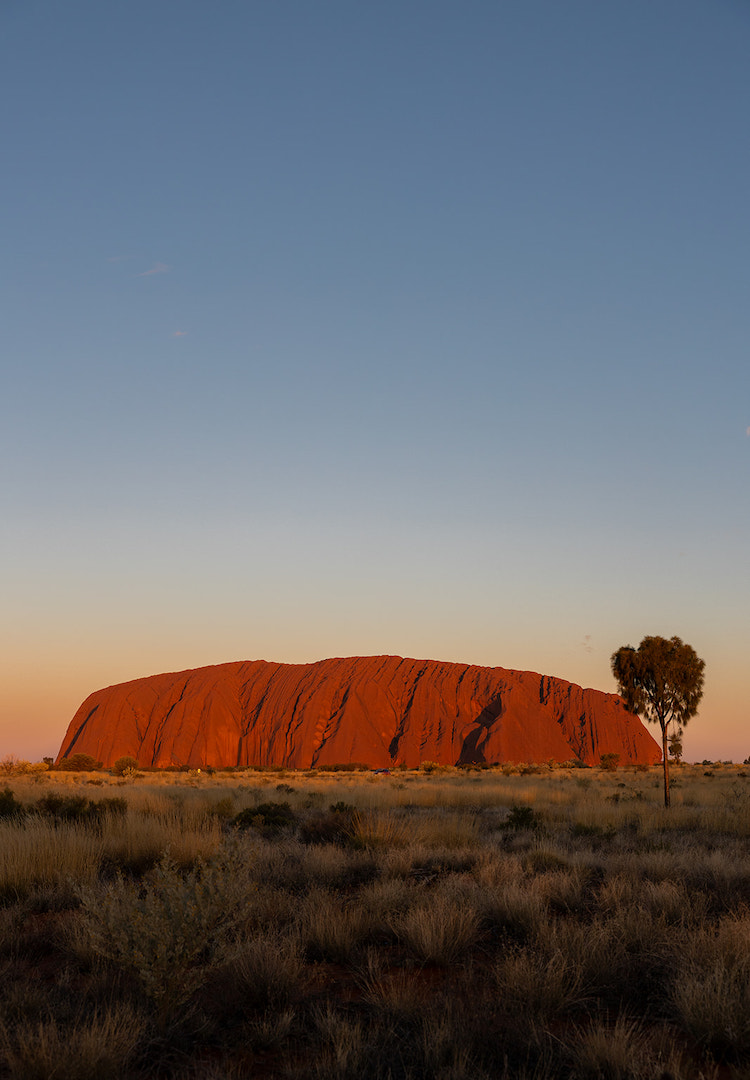
Uluṟu
First things first, you need to see Uluṟu at both sunrise and sunset (yes, both. It’s so worth the early morning wakeup). The sheer scale, the colours, and the spiritual energy of this iconic Australian landmark, one I’d dreamed of visiting since I was a kid, made it one of the most special travel experiences I’ve ever had.
Because seeing her beauty twice simply isn’t enough, I would highly recommend doing the Base Walk, a 11.2 km loop around Uluṟu. If you can, go with a guide. Mine shared some interesting tidbits and stories about Uluṟu along the walk which only added to the experience.
The Kuniya Walk to Mutitjulu Waterhole
I also had the privilege of doing the Kuniya Walk to Mutitjulu Waterhole with a First Nations guide, who shared stories about her culture and the land. Meeting someone who spoke Pitjantjatjara, one of the world’s oldest living languages was incredible in itself. Simply being in such a spiritual place and hearing the ancestral stories from one of the Anangu people is an experience I will carry with me for the rest of my life.
The Walpa Gorge walk to Kata Tjuta
Naturally, the Walpa Gorge walk to Kata Tjuta is an absolute must. It’s a leisurely, picturesque stroll that feels like the perfect way to spend an afternoon, with views that are absolutely stunning.
Ormiston Gorge
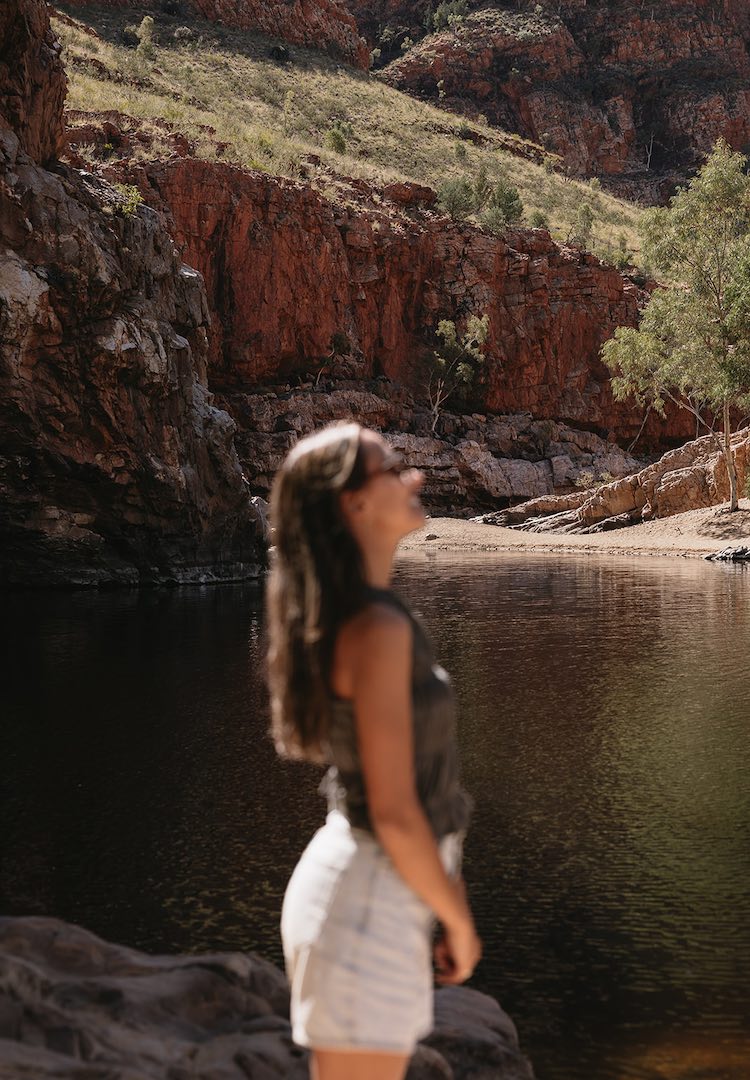
If you’re in the mood for a dip, Ormiston Gorge is just the place for it. This spot is absurdly beautiful and is perfect for willing away the hours with a good book.
The Rim Walk at Kings Canyon
If hiking is your thing, then the Rim Walk at Kings Canyon is a must-do. It really is one of the most breathtaking trails I’ve ever done. It’s not a taxing hike, and the payoff is more than worth it for the panoramic views of the canyon and the sacred gorges you explore along the way.
Things to know

Yulara and the surrounding areas are considered dry country, which means alcohol isn’t served to locals. If you’d like a drink, you’ll need to show your room key as proof you’re a tourist. That said, if you’re after a boozy getaway, this probably isn’t the right trip for you.
You’ll need to purchase a pass to enter Uluṟu Kata Tjuṯa National Park. Currently, it’s $38 for three consecutive days for adults. Thankfully, when you book through a tour, it is included.
There are no taxis in Yulara or Ubers (unsurprisingly), so the only way into the town centre from the airport is via the free shuttle bus, unless, of course, you’re renting a car, in which case you’re all set.
The weather really does swing to extremes out here, so make sure you pack layers, especially for the evenings, when it turns absolutely freezing. I learnt this the hard way.
Keep up with Alisa here.


